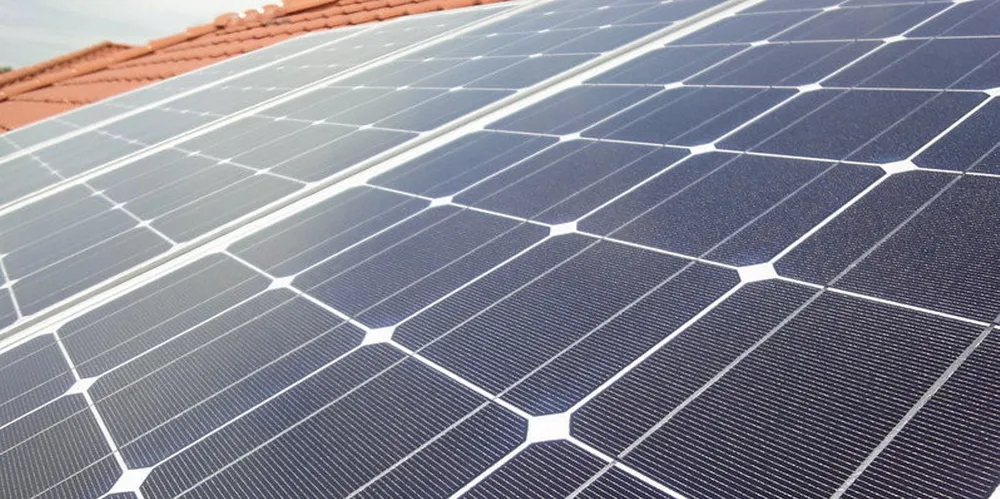Solar and storage buoy flagging wind as US passes 'significant' 200GW clean energy milestone
Attendant policy issues imperil Biden target of zero-emission power grid by 2035, as American Clean Power report tots up 135GW of wind, 60GW of solar and 4.6GW of energy storage
